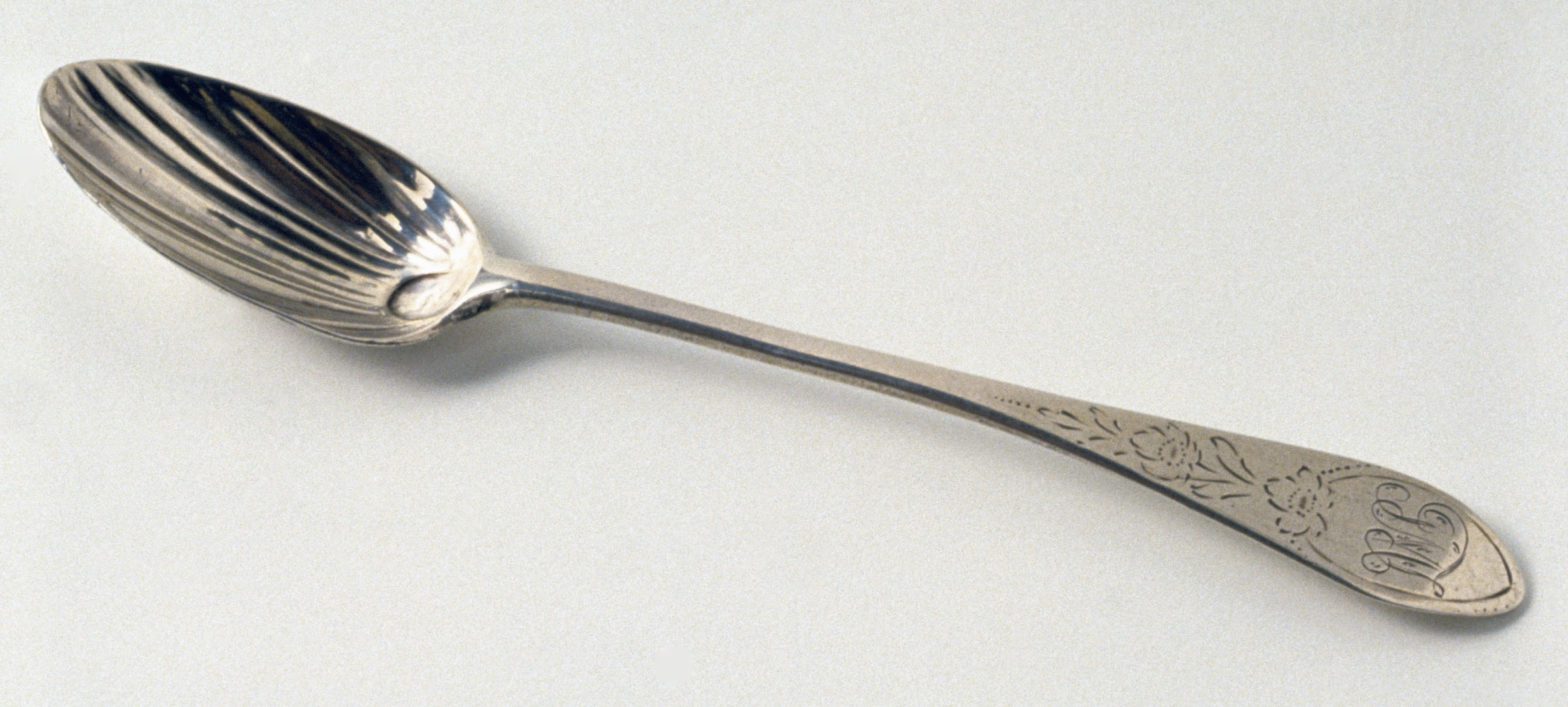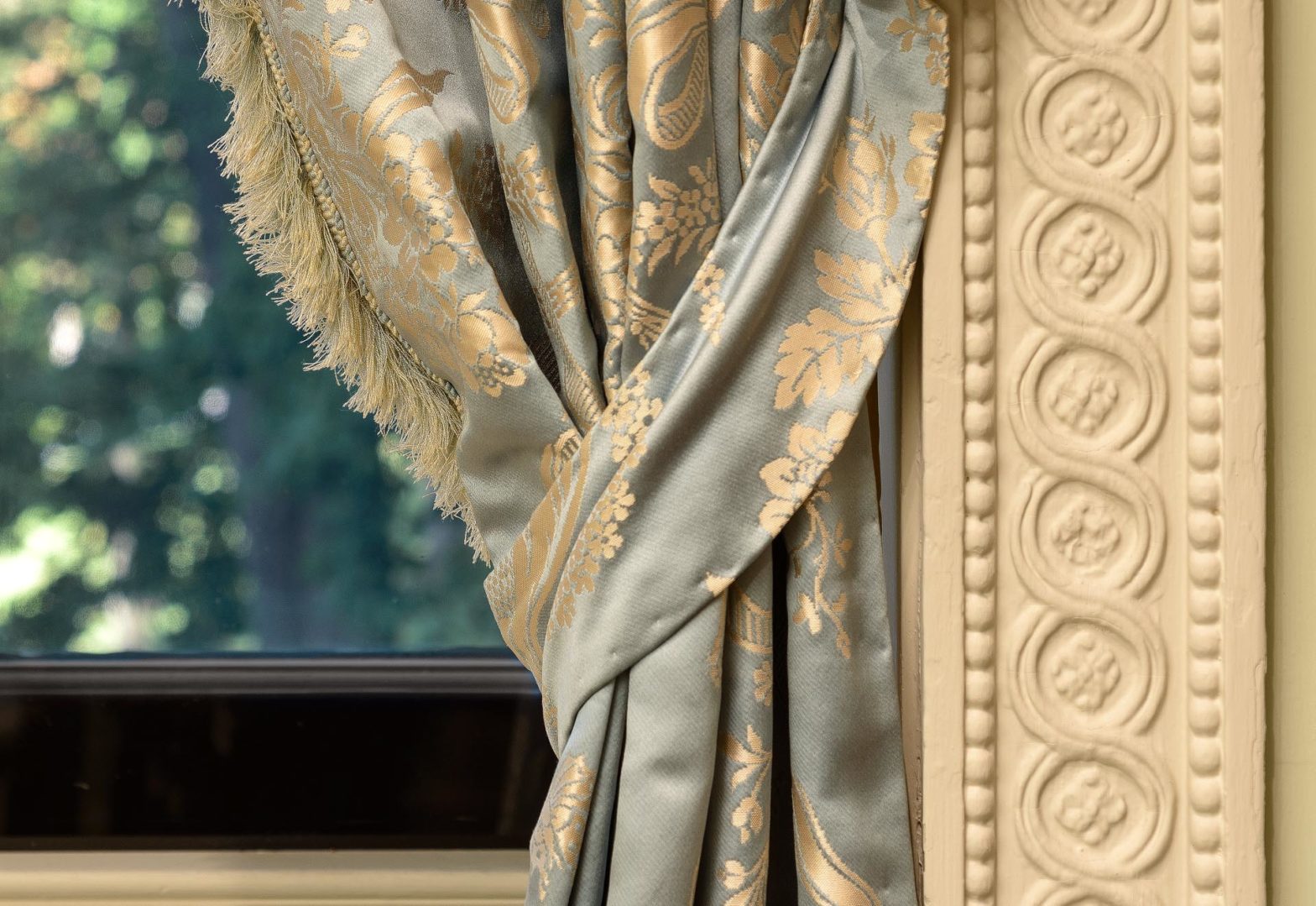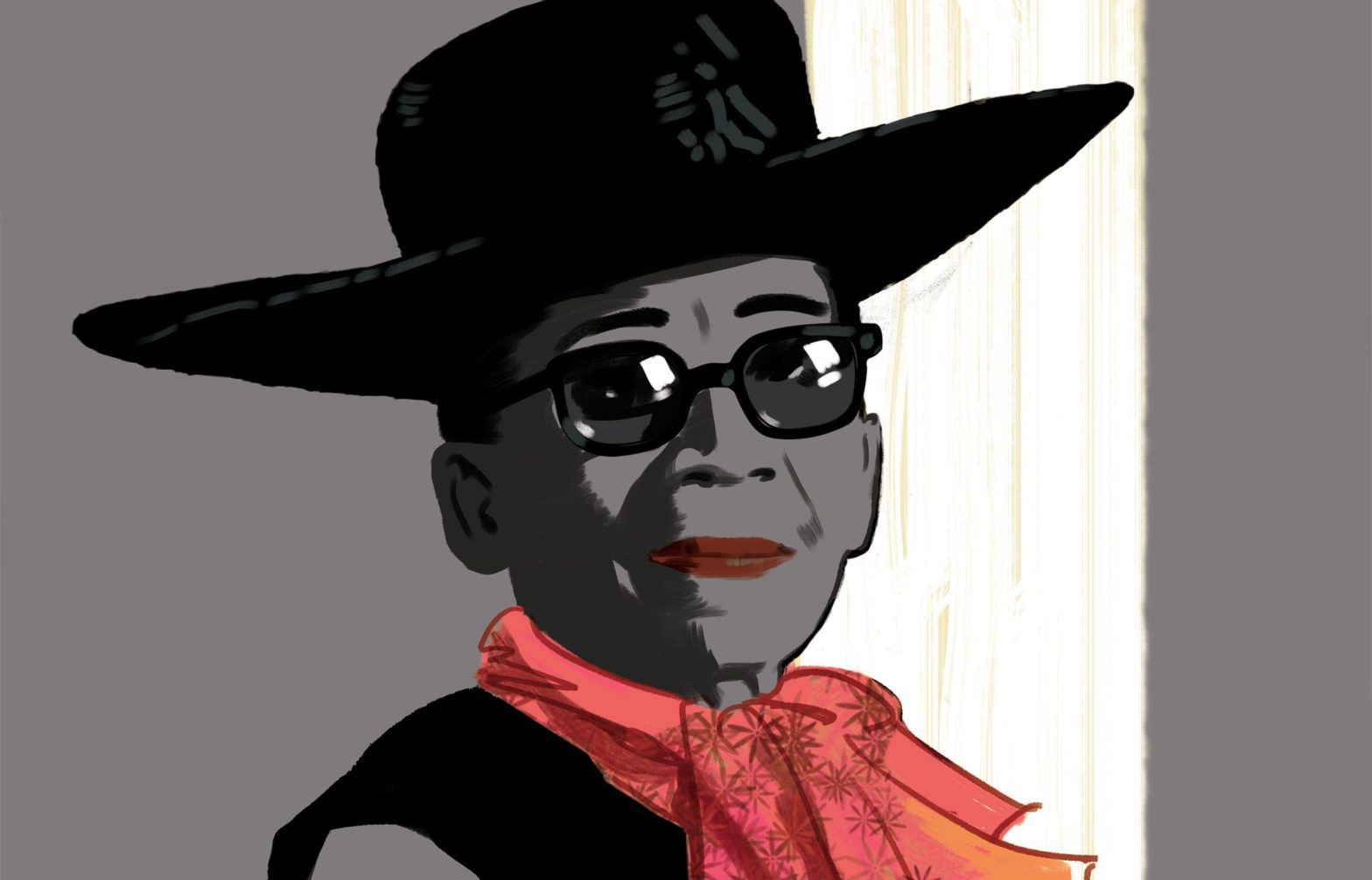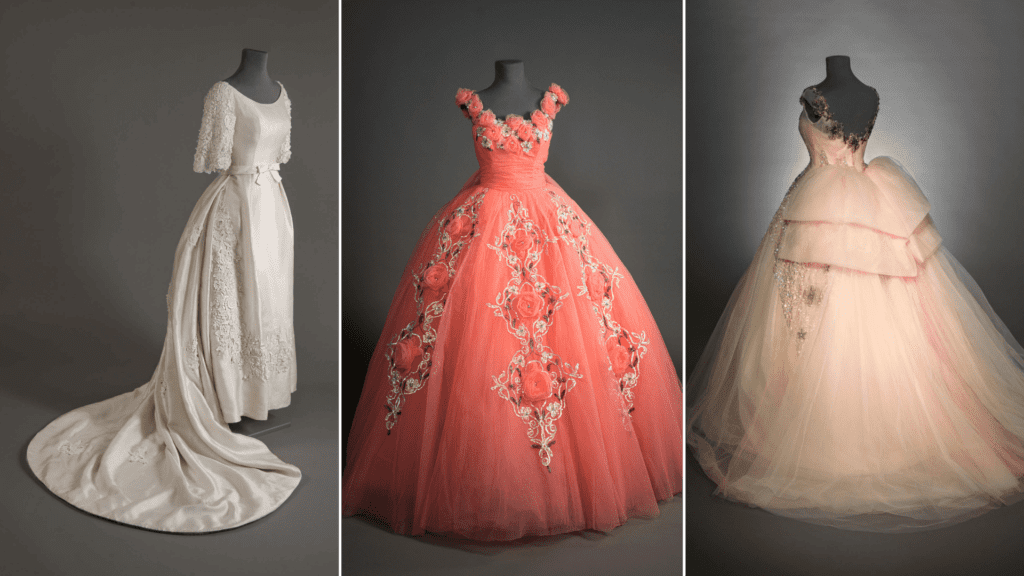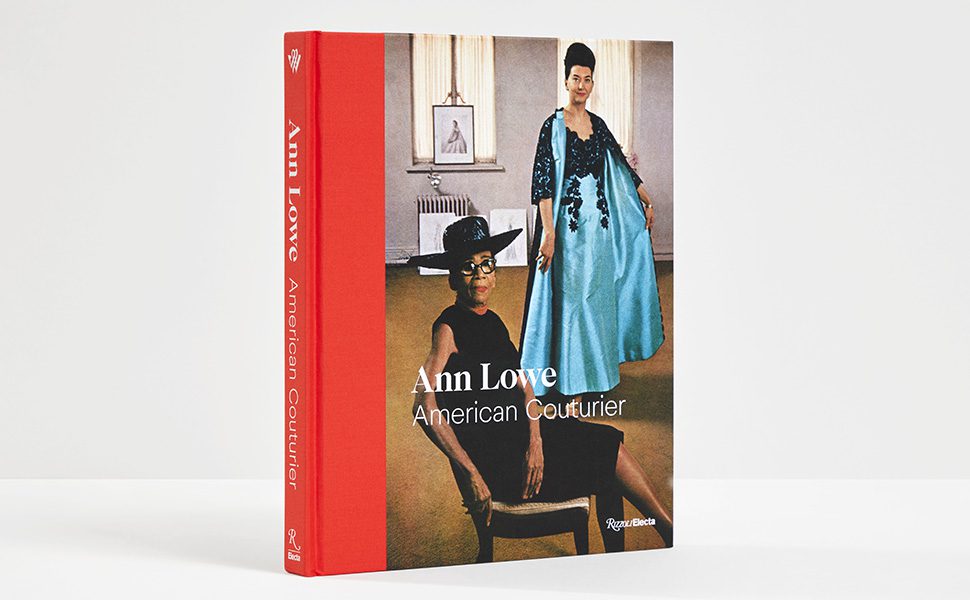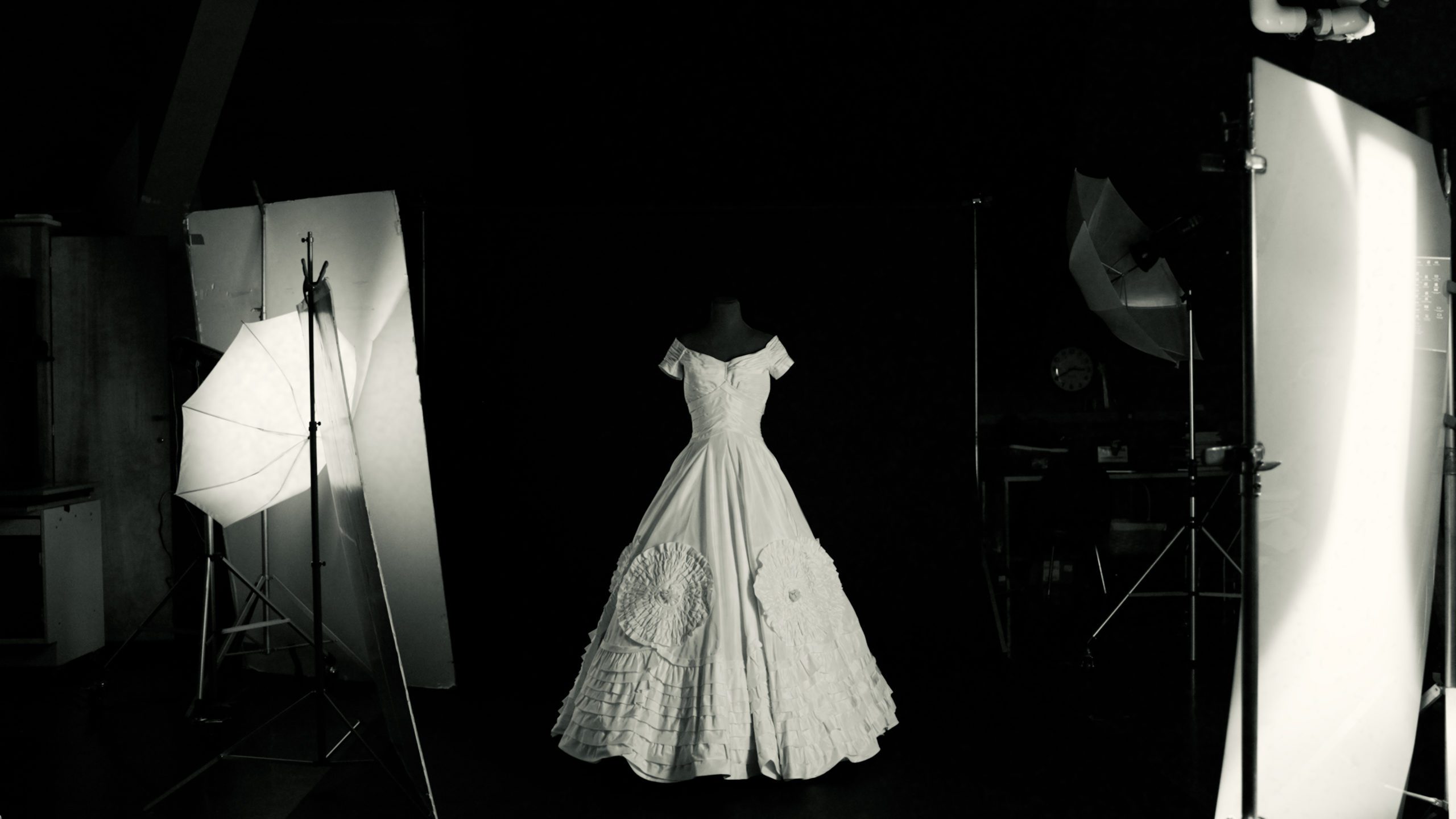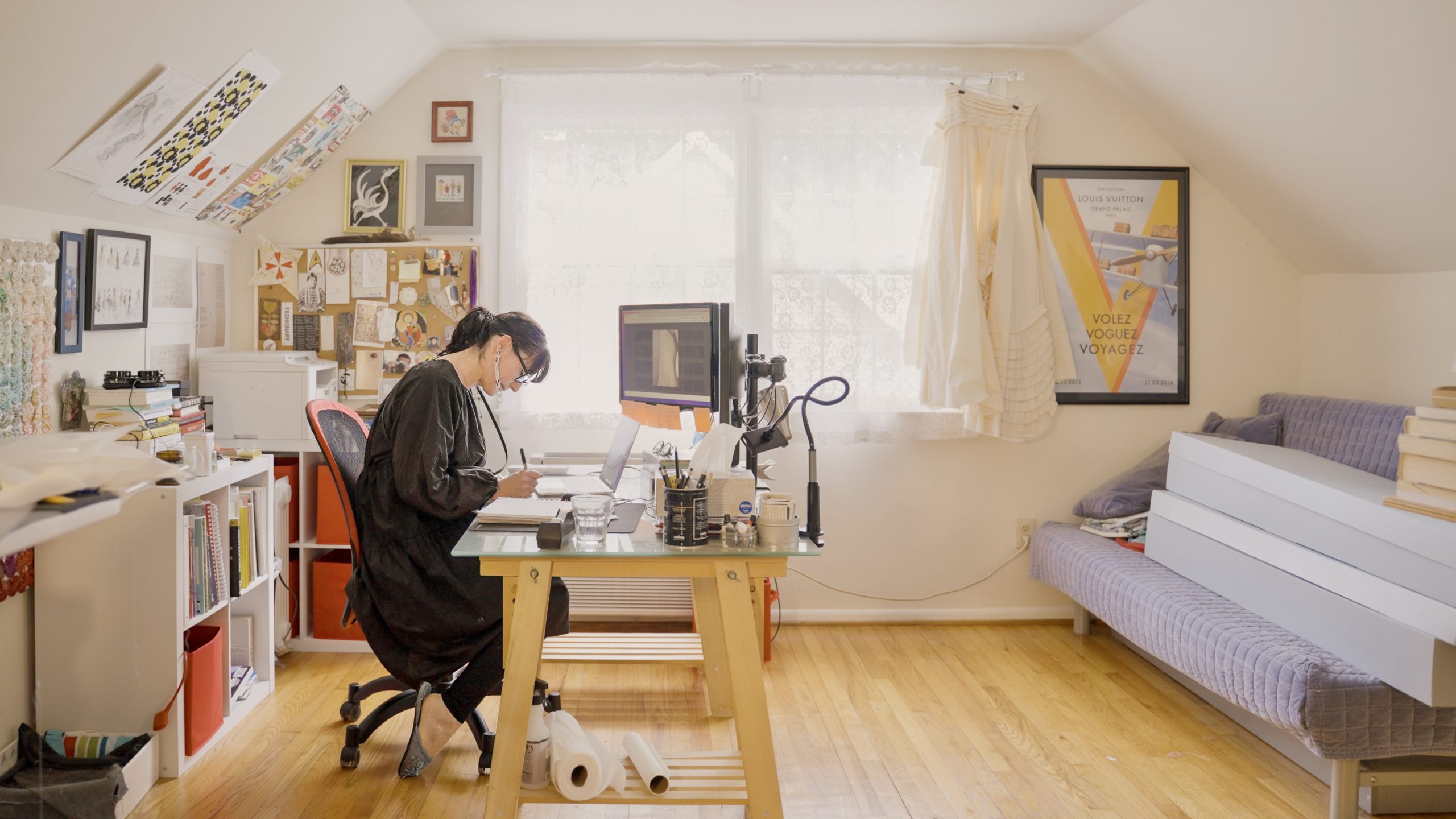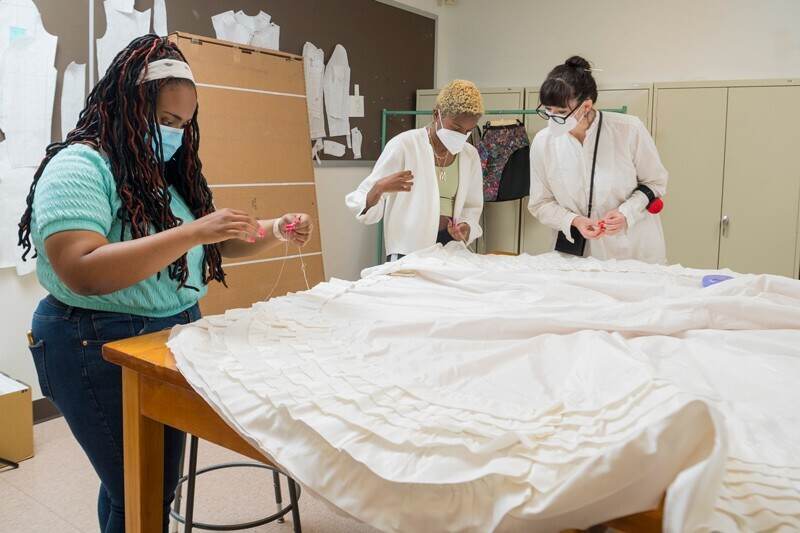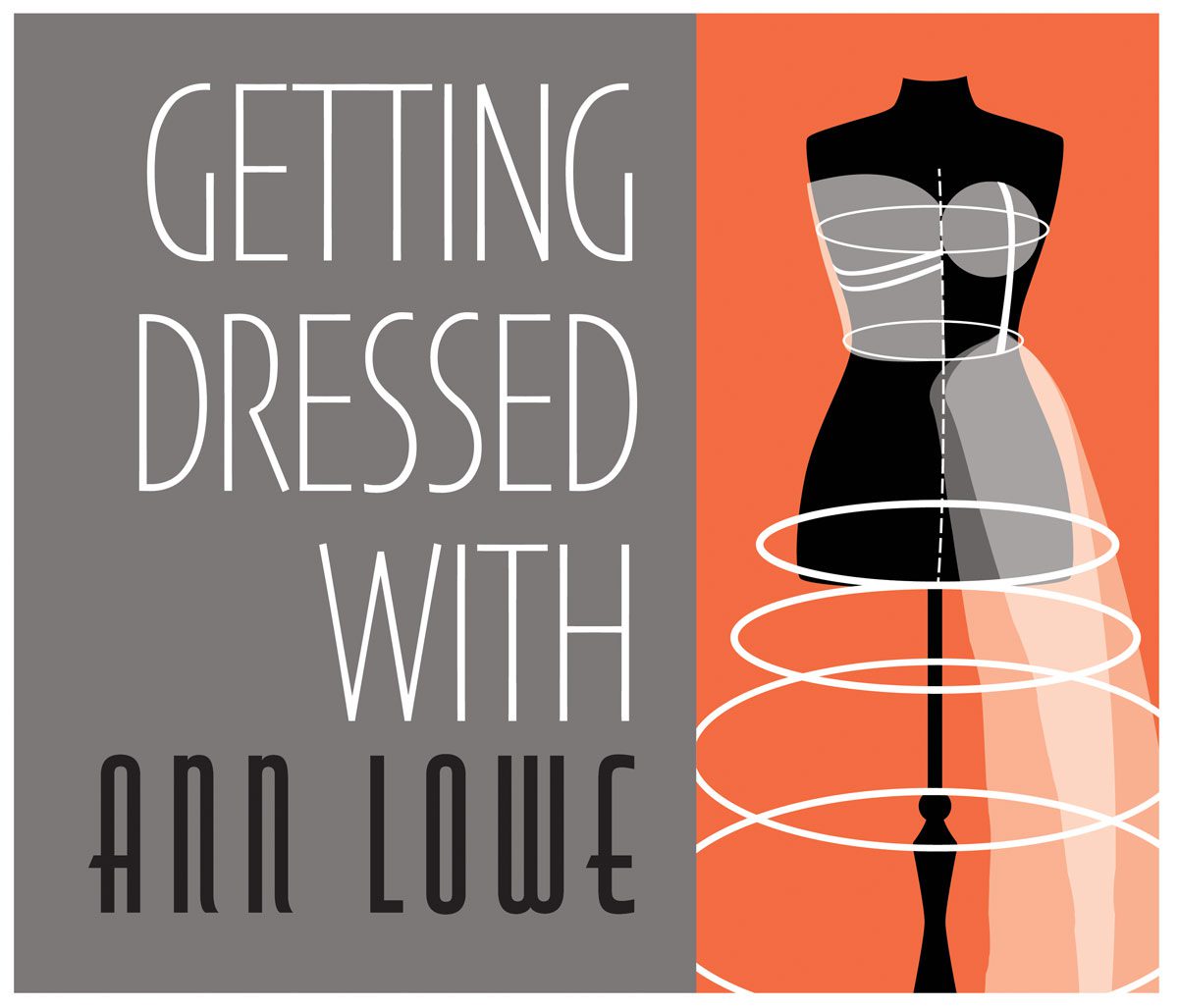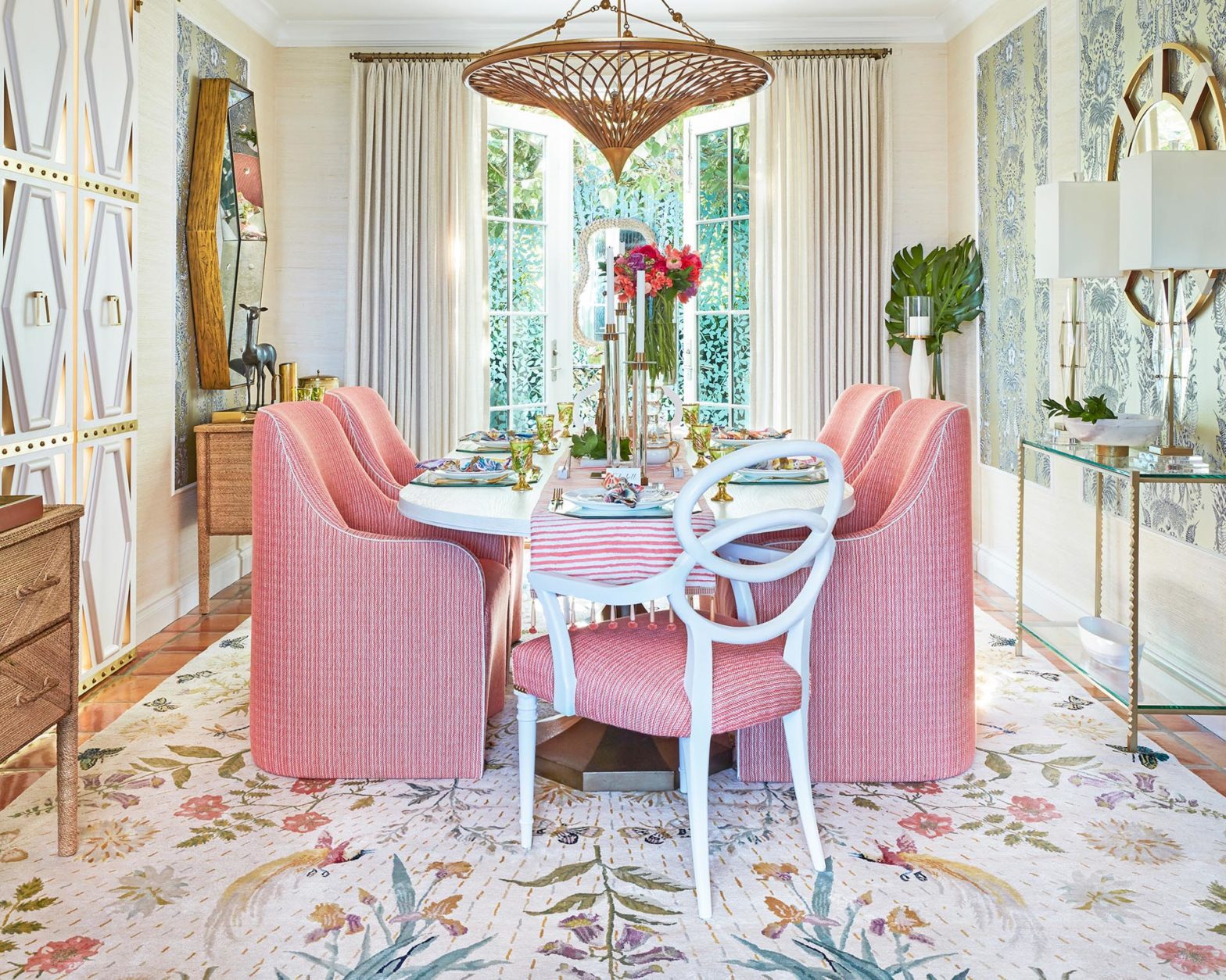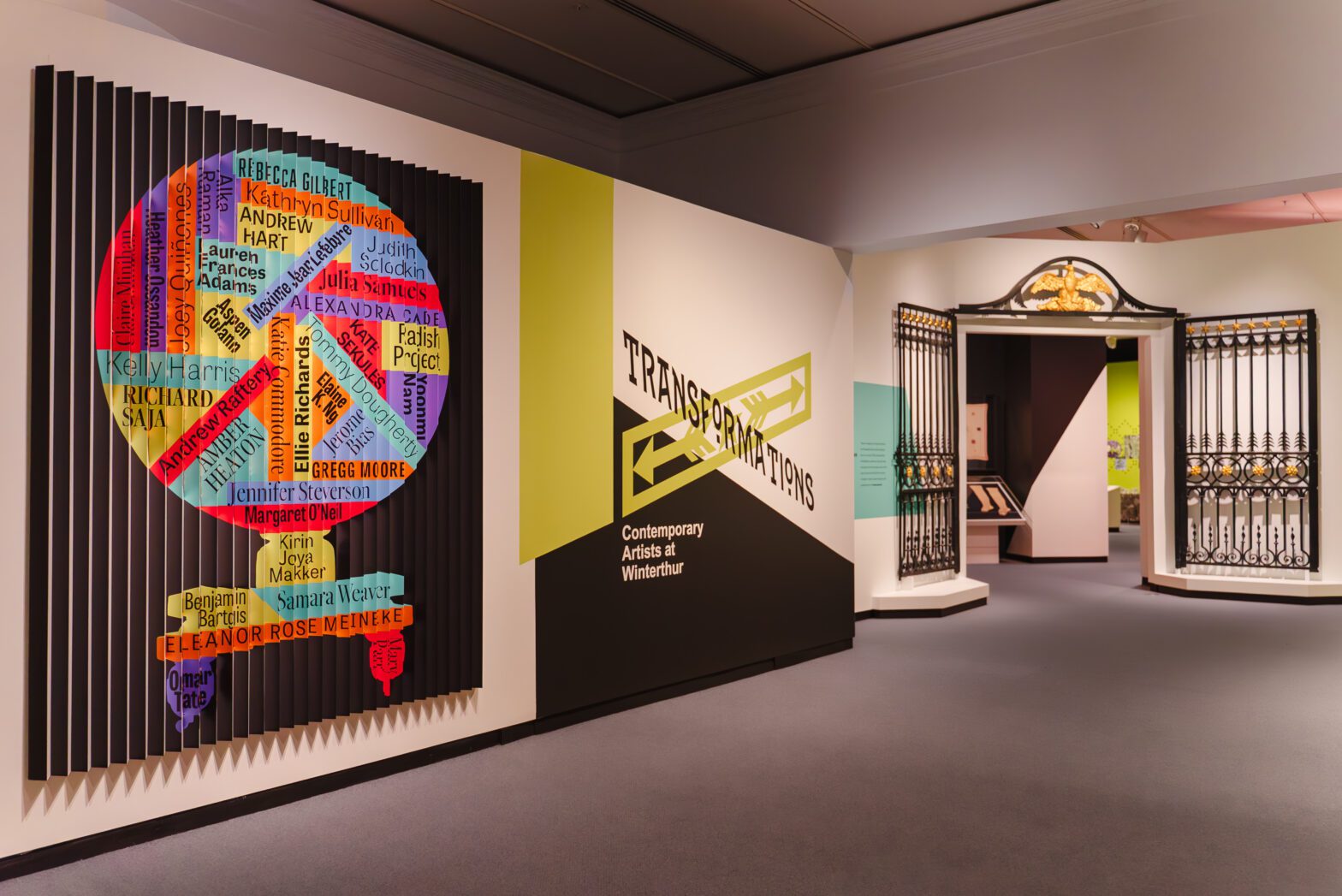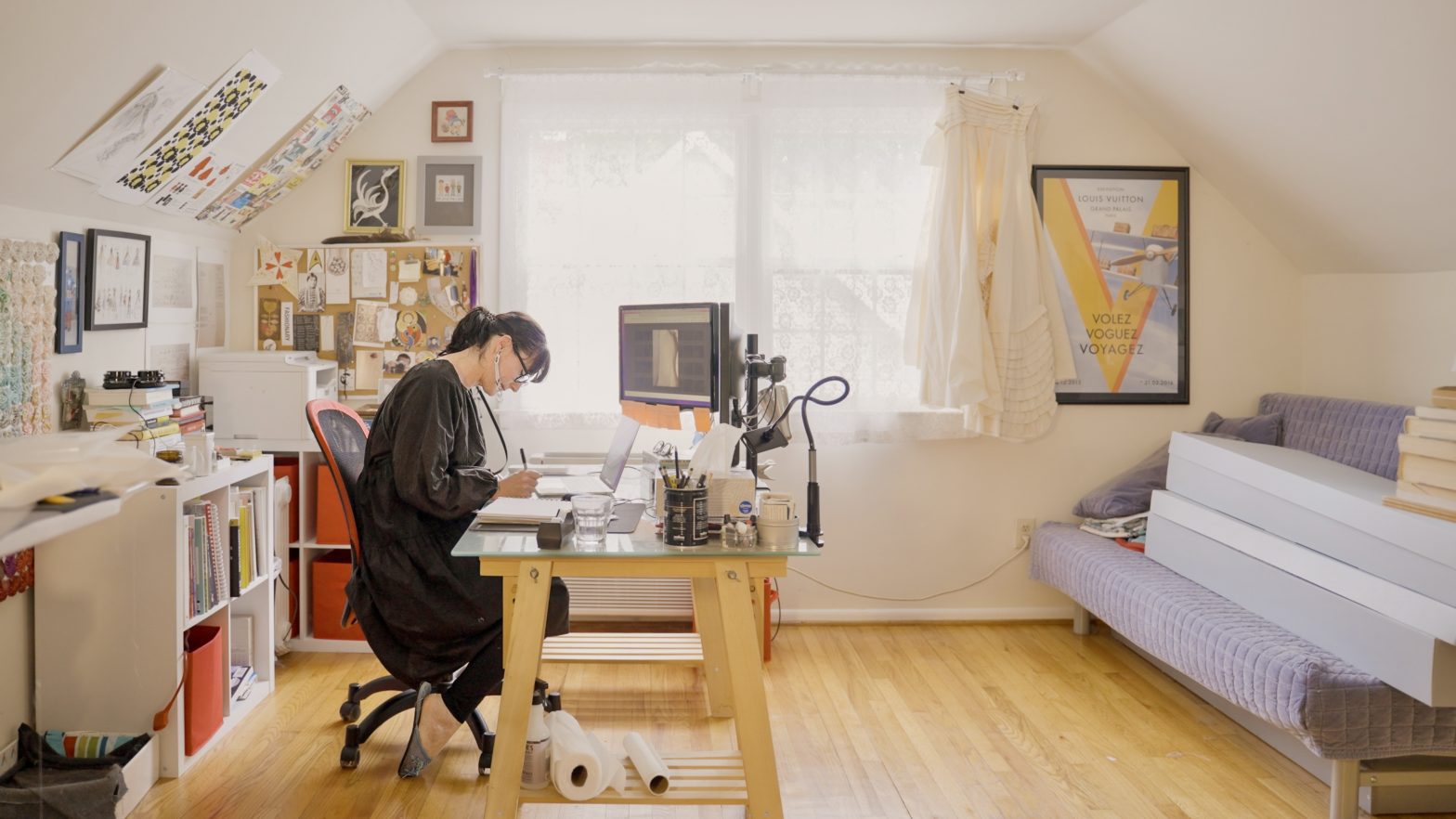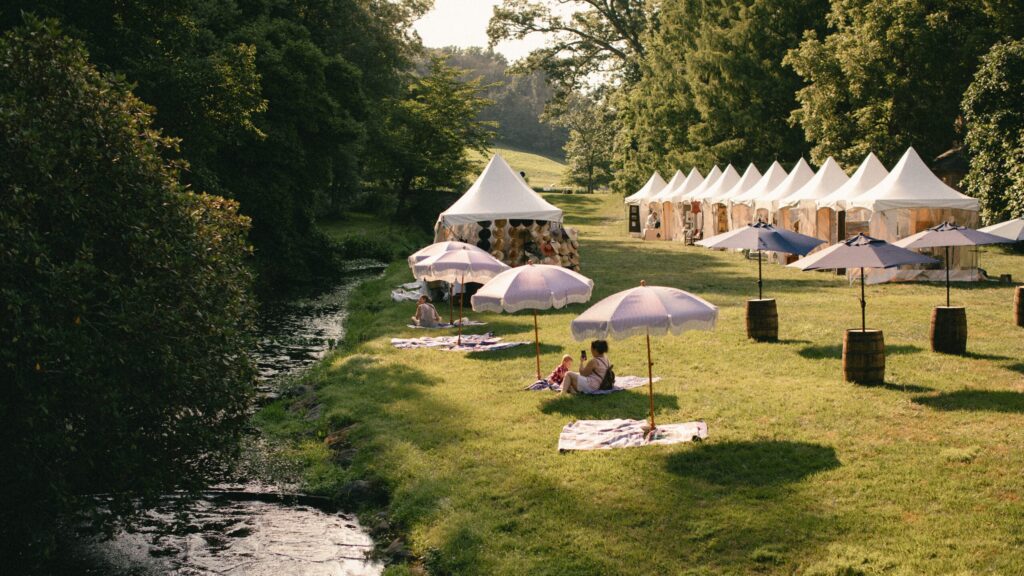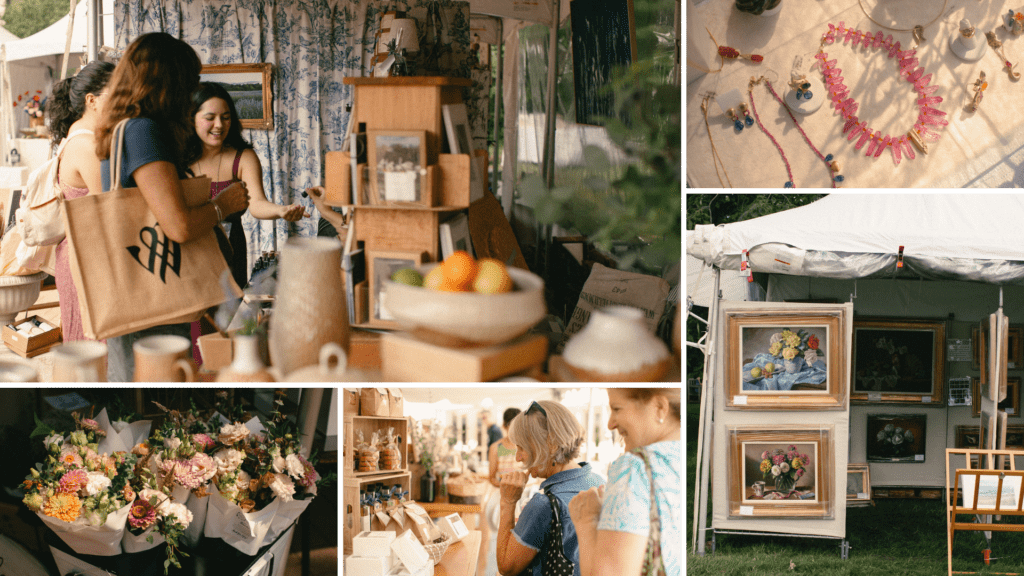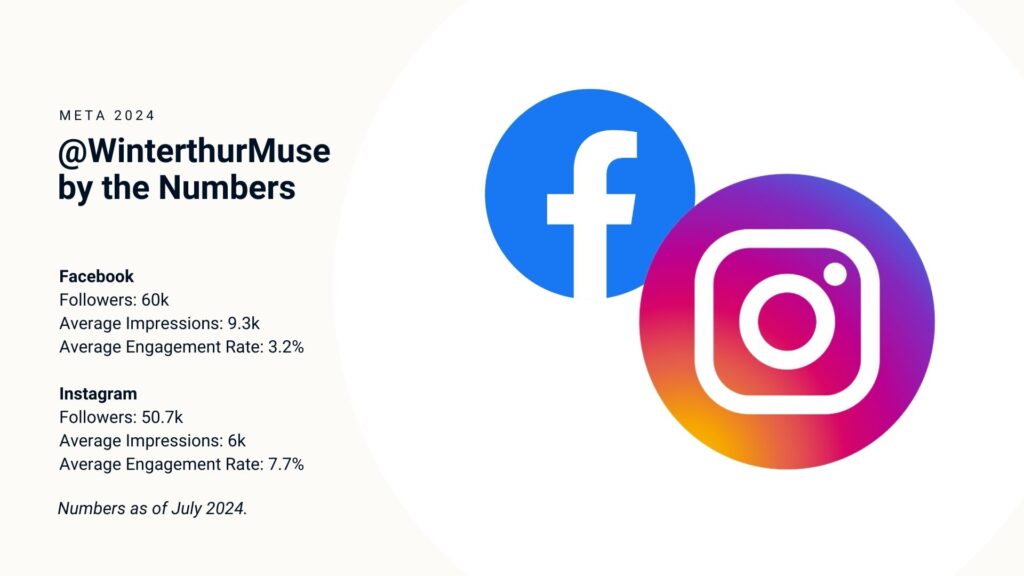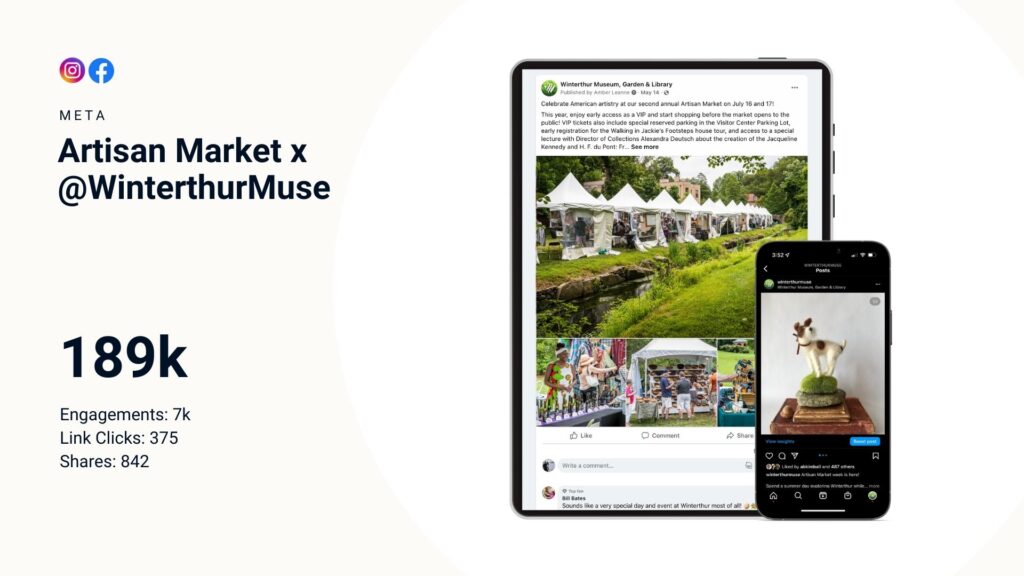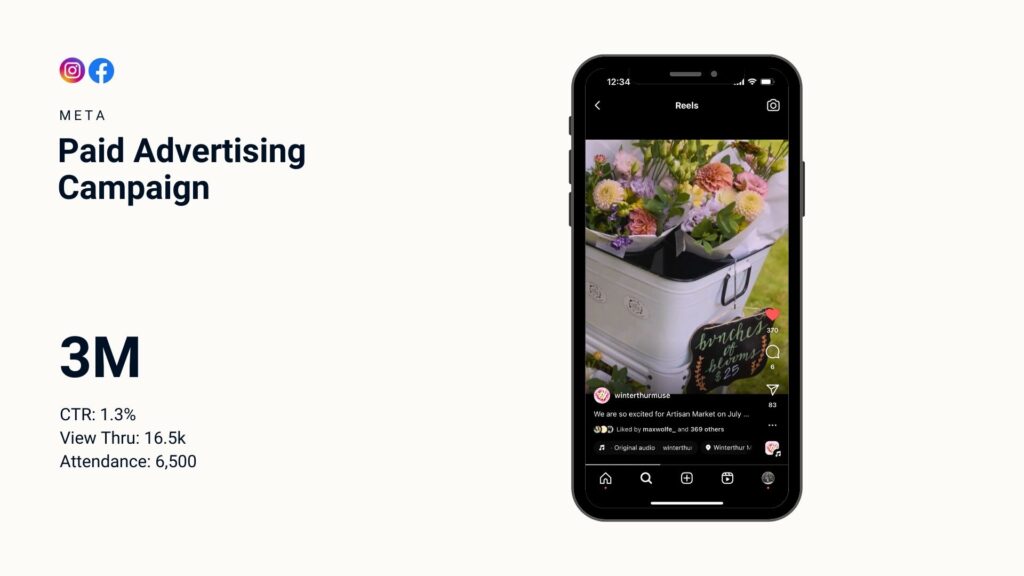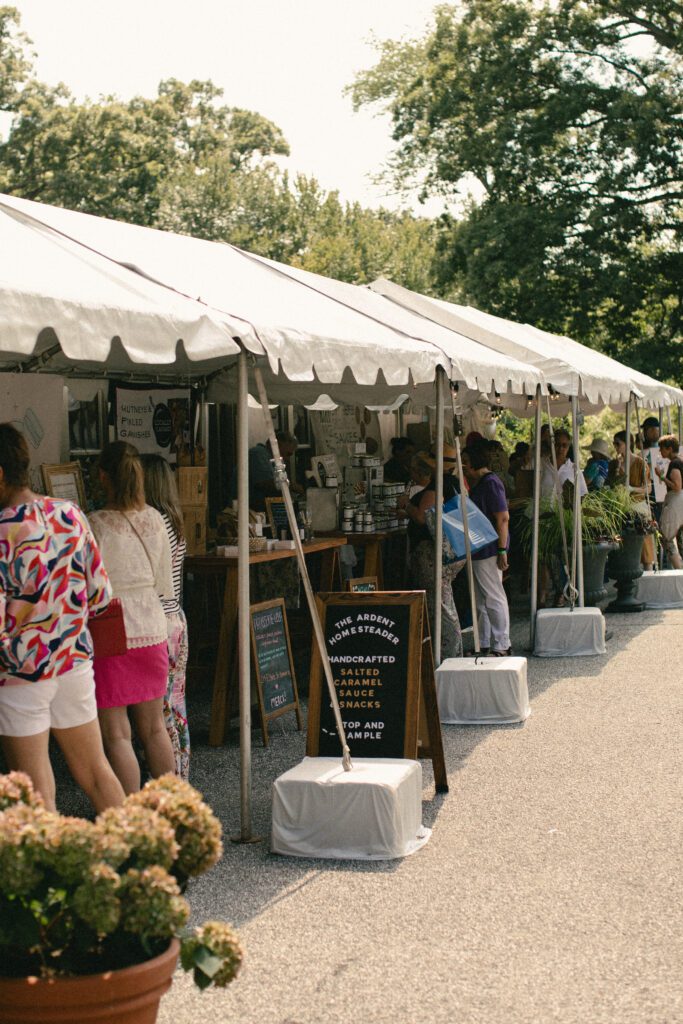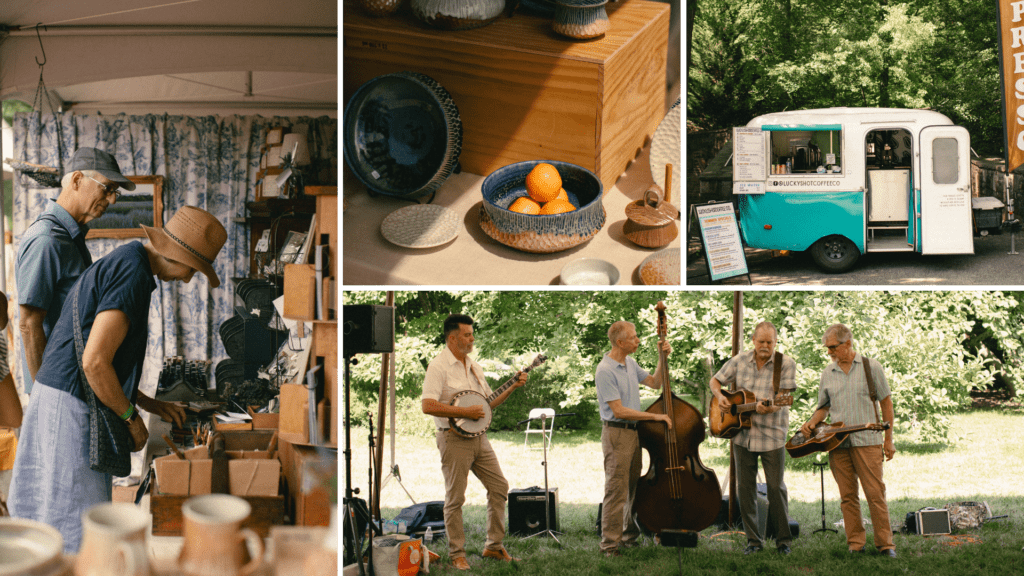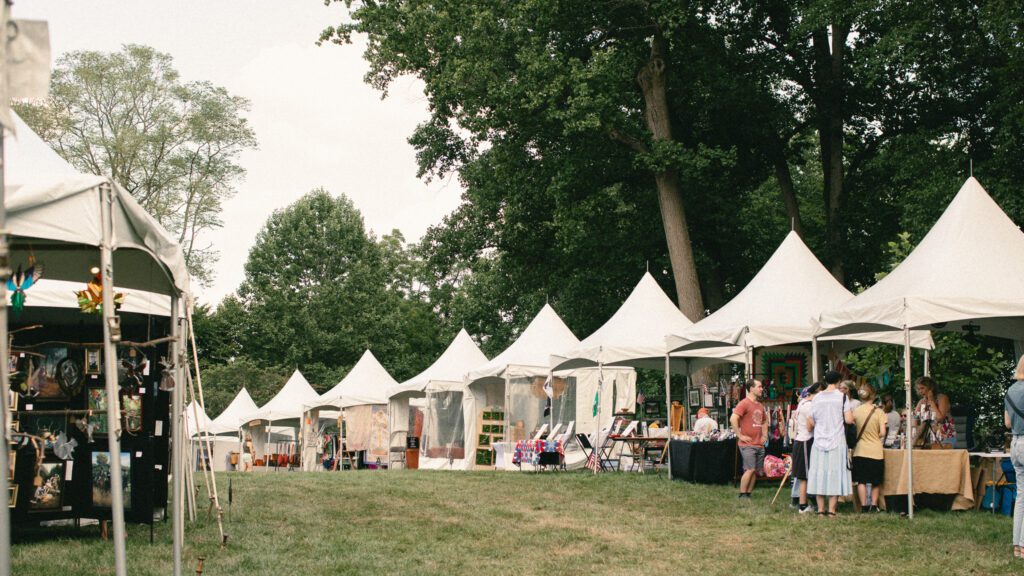I hope my wife doesn’t read this blog post because it might give away a gift idea that I acquired when one of our curators was interviewed by a reporter for the New York Times.
But that can’t be helped.
I recently learned that when a reporter asks to speak to our Curator of Decorative Arts for an article about silver, I tend to get excited.
I was even more delighted when Ann Wagner, the curator in question, responded with both humor and expertise to the reporter’s questions.
As often happens, the reporter couldn’t use all the quotes that were provided.
Some of my favorite parts of Ann’s interview were left on the cutting room floor, so I’m going to scoop them up here.
- Part of Ann’s response to a question about silver tea services and candlesticks going out of style: Oh dear, have candlesticks truly gone out of style?
- Some good advice on starting a silver collection: I would not recommend starting at the higher end; don’t make your first purchase a Paul Revere spoon unless you really know how to evaluate it.
- And my very favorite quote (and so, my dear wife, if you’re reading this, skip the rest of this paragraph): You haven’t lived through a hot Mid-Atlantic summer unless you’ve tasted ice cream from your own cool silver spoon. Spend $25 on a pretty sterling tablespoon and test my theory. Just don’t put it in the dishwasher afterward—give it a gentle cleaning by hand.
You can read the article, What to Know When Selling the Family Silver, by clicking here. The portion featuring Ann is spotlighted in the image below. A version of the article appeared in the March 4 edition of the New York Times International.
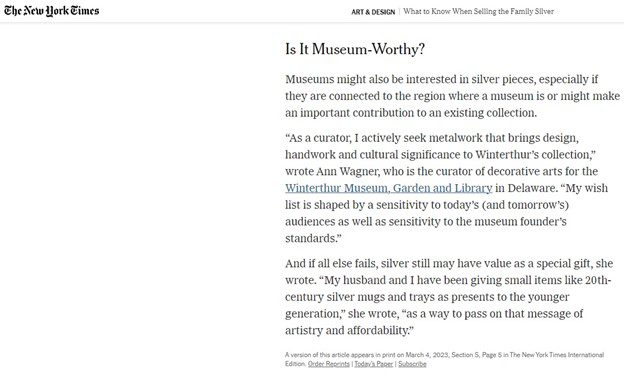
Here now is the full interview we provided to Ginanne Brownell, the reporter to whom we are grateful for being included, and the portions that Ginanne quoted are in italics:
GB: Tell me about why silver tea services, candlesticks, etc., went out of style in terms of registering for them for weddings, giving them as gifts/graduations, etc. I assume partly we have just become a more casual society, in general.
AW: Oh dear, have candlesticks truly gone out of style? Silver on the dining table is wonderfully reflective and luminous under candlelight, so candle holders are always on my list. Silver and high-end porcelain historically were great companions for wedding and special occasion gifts. One thing I’ve noticed is that finding a retailer isn’t as hard as finding a manufacturer — silver designers and talented makers have dwindled and several firms moved offshore. I think that may be why buying antique silver is on the uptick.
GB: If someone happens to inherit silver (that would seem from their amateur eyes to maybe be of value), what would be the logical first steps in terms of if they want to see if it has value on the market? Do museums like Winterthur take donations or buy special pieces?
AW: Often a little market research or antiques dealer exploration on your own can help if you are seeking general information. Silver is a global commodity with practices that vary in time and place, but you can jump-start your research by looking closely for stamped marks that indicate a manufacturer, place, or purity level.
Museum staff regularly receive questions from heirs facing the unknown in decorative arts. Since wonderful donations have come through this channel, we do pay attention. Accredited museums cannot respond to value questions due to our industry’s ethics code, but there are accredited appraiser organizations that can be helpful.
GB: If people are interested in collecting silver, where would they start? I would think reading and talking to experts but how does one start a collection? What pieces are coveted? Of more value (I guess I mean in terms of age, provenance, etc.)?
AW: I love this question. And silver is so affordable of late that starting a collection is possible. If you are well-informed and have a more experienced mentor handy, you can have a field day at estate sales and smaller auctions. Some super silver objects like vases or flatware are actually selling for less than their melt value. My husband and I have been giving small items like 20th-century silver mugs and trays as presents to the younger generation as a way to pass on that message of artistry and affordability. But you don’t have to buy it only to look at it.
You haven’t lived through a hot Mid-Atlantic summer unless you’ve tasted ice cream from your own cool silver spoon. Spend $25 on a pretty sterling tablespoon and test my theory. Just don’t put it in the dishwasher afterward—give it a gentle cleaning by hand.
For the more serious collector and researcher, there is helpful knowledge at your fingertips in printed resources and probably from your local antiques dealer. Winterthur’s library has collecting references even on micro subjects like tea caddy spoons or napkin rings, and most public libraries can supply broader subject resources on 19th- or 20th-century silver. If you find a form you love, for example, silver water pitchers, go to museums, start reading, and visit sales in person to educate your eye about your taste. You also might appreciate learning with others from an online forum or a collectors group. Antique silver can be an investment, so you should also be on guard for imposters or fakes. I would not recommend starting at the higher end; don’t make your first purchase a Paul Revere spoon unless you really know how to evaluate it.
GB: As a museum, what do you look for in terms of adding to your silver collection? (Do you even still add to the collection?)
AW: We absolutely do! As a curator, I actively seek metalwork that brings design, handwork, and cultural significance to Winterthur’s collection, which includes objects made in this century. My wish list is shaped by sensitivity to today’s (and tomorrow’s) audiences as well as sensitivity to the museum founder’s standards. When I acquire silver, it supports our goal to inspire and broaden understanding that makers who are active during our lifetimes also participate in artistic conversations that are never-ending. And, if your readers can visit Winterthur in May, I’ll have an exciting 20th-century silver acquisition to show them.
And, so, that was Ann’s interview.
After we had submitted her answers to the reporter, I told Ann how much I appreciated her knowledge. I added that she had also given me an excellent idea for a gift for my wife, who eats a small scoop of ice cream almost every night.
Ann replied to me: “You really should own at least one sterling spoon. Cereal can be more exciting too…”
My wife also eats a small bowl of Honey Nut Cheerios almost every morning. It looks like a silver spoon is on her horizon.
Jason Brudereck is the Communications Manager at Winterthur.
